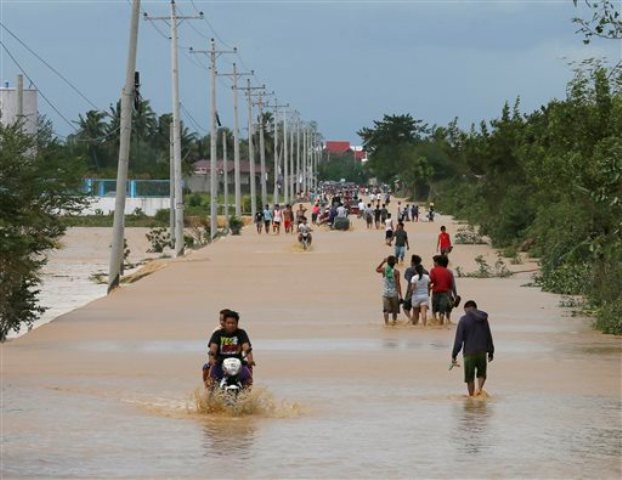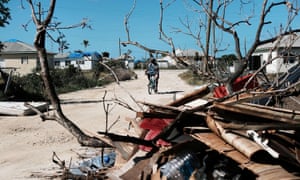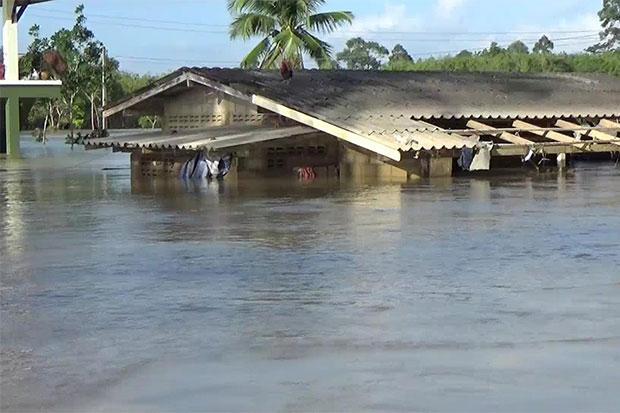When a powerful underwater earthquake off the coast of Alaska prompted tsunami advisories and frayed nerves last month along the West Coast and Hawaii, I thought about Kobe, Japan.
I traveled to the city in central Japan’s Hyogo Prefecture and to Tokyo last year with a group of journalists in a trip organized by the country’s foreign press center. I went to get an up-close view of Japanese transit, including the famed bullet trains, but it was the lessons about disaster recovery and preparation during the trip that came to mind, especially in light of the recent onslaught of natural disasters in the U.S. – hurricanes, wildfires, mudslides.
Several journalists from the Seattle area on the trip were intensely interested in lessons from Kobe's 1995 earthquake because of fears that a major quake could strike along the Pacific Northwest’s Cascadia Subduction Zone, potentially affecting an area stretching from British Columbia to California.
Last month’s Alaska quake — quite powerful at a magnitude of 7.9 — sparked mostly jitters, with apparently no deaths or significant damage. But the exercise was a reminder that the earth can shift suddenly, and mitigating disaster means making plans. Twenty-three years ago, Kobe suffered an earthquake that transformed the modern, industrial city into an international symbol of devastation, with an elevated expressway toppled like a toy after a child’s tantrum among the most remembered images.
The 7.3-magnitude quake struck the port city at 5:46 a.m. Jan. 17, 1995, leaving 6,434 dead and 43,794 injured. Almost 250,000 buildings collapsed and 10 years’ worth of fires erupted in three days, requiring massive outside firefighting help and even bucket brigades to tackle the blazes.
The day the shock waves hit Alaska last month was less than a week removed from the anniversary of that infamous earthquake. Both occurred along the Pacific Ring of Fire, an area so named because of its volcanoes and rife with seismic activity. On the same day last month that the quake struck off Alaska’s coast, volcanoes erupted in the Philippines and Japan, and an earthquake shook Indonesia, according to the United Nations Office for Disaster Risk Reduction.
Japan is no stranger to natural disasters, and the quake, known as the Great Hanshin-Awaji Earthquake, has since been eclipsed in death toll several times over by a near-apocalyptic quake off the country’s eastern coast in March 2011 known by many as the Tohoku quake, which added the accident at the Fukushima Daiichi Nuclear Power Plant to the horror of a 9.0-magnitude temblor and a towering tsunami that washed away entire communities.
Kobe's more recent history suggests a narrative of recovery, even being branded in 2009 as a UNESCO City of Design (it’s a designation that Detroit shared in 2015), but Kobe has never fully recovered economically from the 1995 quake, and Mayor Kizo Hisamoto noted that its previously devastated port operations lost competitiveness to ports in other cities inside and outside the country even after being rebuilt.
The Japanese government came under intense criticism following the Kobe quake. An article published by the nonprofit Asia Foundation in the days after the March 2011 quake noted that the national government was faulted for inadequate early warning, lax building codes and “unsuitable leadership in the relief and recovery effort” after the Kobe earthquake.
Embracing the quakes
Those failures came despite the country’s familiarity with earthquakes and may point to the challenges of remaining prepared for disasters. The country observes Disaster Prevention Day every Sept. 1, and earthquake drills are a part of life. An earthquake simulator, which our group visited at a Tokyo Fire Department location, offered us a dramatic example of how the ground would shift during a quake, sending us scrambling to duck under a table.
Leaders in Kobe appeared to have embraced their city’s quake history and talked of efforts to share what has been learned.
“We believe that by sharing our know-how and the lessons we learned from our earthquake and our experiences that we can make cities all around the world safe from disasters,” according to Yoshihiro Hayashi, a Kobe press officer.
Walk around the city, and the reminders that disaster can strike are evident. Signs point to tsunami evacuation routes, and reminders of the 2011 quake are preserved in very public displays.
Along the city’s waterfront, streetlamps lean at diagonal attention and chunks of concrete from a wharf and twisted metal fencing lie ruptured in seawater at the Port of Kobe Earthquake Memorial Park, testaments to the force nature can apply to man’s attempts at permanence.
The most visible recognition that this city of 1.5 million, a trip of more than 2½ hours southwest of Tokyo by bullet train, suffered a major disaster stands five stories tall, enclosed in glass but designed to survive a major quake. The cube-shaped Disaster Reduction and Human Renovation Institution is both a memorial and an educational center. The glass is supposed to symbolize transparency in disaster mitigation efforts.
A long way to go
A visit to the institute included showings of films on both the Kobe and 2011 quakes and a walk through a hellish, quake-ravaged model street. Exhibits showed damaged artifacts as well as the kinds of assistance that poured in from around the world in 1995, including stuffed animals.
Teachers were on hand with models to show how buildings can be designed to better withstand a quake, such as by strengthening them with cross braces. In one case, a teacher placed two blocks representing buildings, one with long stakes underneath and another without, into sand she had packed into a clear plastic container. As she turned a hand crank, the unsupported block fell over as the sandy mixture liquefied, but the supported block remained standing.
Building codes have been tightened since the quake, but officials acknowledge that many old buildings have not been retrofitted and would be vulnerable in a quake.
“We still have a long way to go in order to make it completely safe,” said Hayashi.
The quake severely damaged the underground infrastructure of the city, knocking one of the city’s sewage treatment plants offline for more than three months. In the immediate aftermath of the quake, partitions were dropped into an adjacent canal to close off an area so raw sewage could be dumped somewhere, pending treatment.
Much of the city’s efforts in the years afterward focused on adding redundancy and in making pipes quake resistant. The city also developed 300 temporary toilets, which are stored at places like elementary schools and can be assembled in the event of an emergency, pairing them with stormwater storage tanks for flushing, that can connect into the main sewer. Officials estimated the changes to the sewer system alone cost the equivalent of more than $512 million.
The city also built a large-capacity transmission main, on view by descending eight stories underground, so water would be available in the event of another major disaster. The cost was the equivalent of $340 million. The goals for these infrastructure projects are to keep the systems functioning should disaster strike again.
Despite these and other changes, such as adding height to the city's seawall, the region largely rebuilt its devastated transportation network as it was, according to Mayor Hisamoto. Officials had weighed putting the expressway referenced earlier underground, but the mayor noted that the cost would be high, a demonstration of the type of budgetary arithmetic which can hold sway around the world, whether bracing for earthquakes in Japan, hurricanes along the U.S. Gulf Coast or even sewage system failures in metro Detroit.
Contact Eric D. Lawrence: This email address is being protected from spambots. You need JavaScript enabled to view it..">This email address is being protected from spambots. You need JavaScript enabled to view it.. Follow him on Twitter: @_ericdlawrence.






